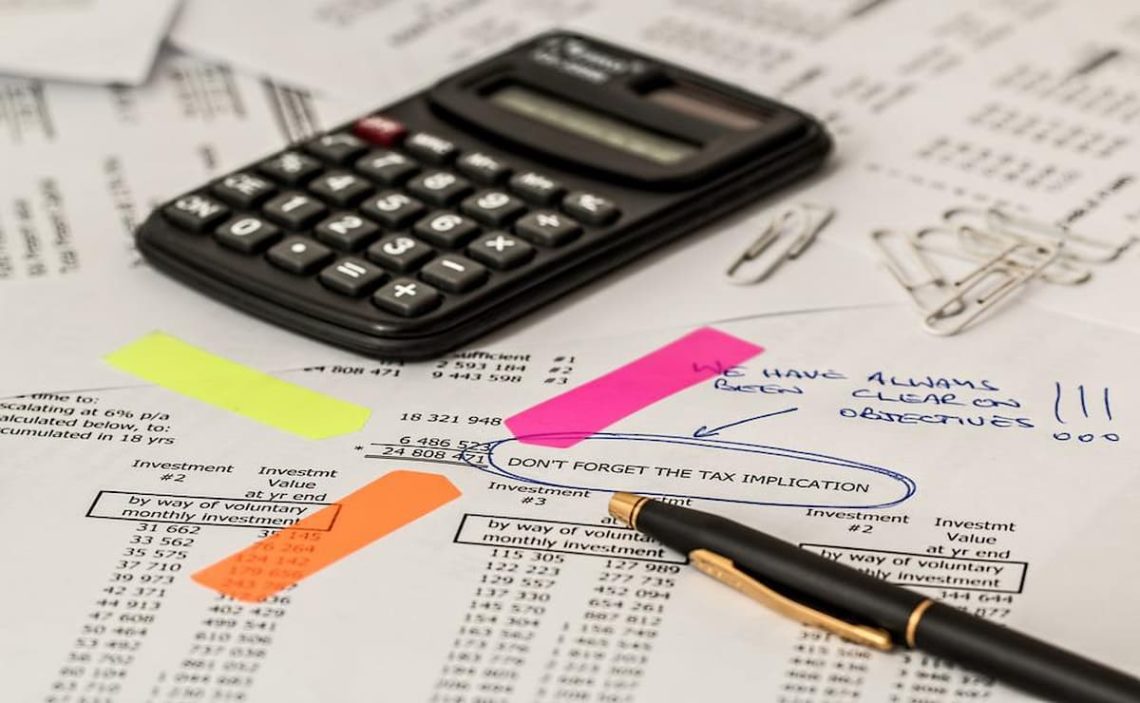When talking about accounts, two different ways of analyzing the different types of accounting can be applied in accounting. On the one hand, there is the traditional approach, which is the one that was used to a greater extent in the past and is still applied in some areas.
On the other hand, the modern approach is more widely used from the point of view of the classification of accounts. It should be appreciated that the classification of accounts is much more widely used globally in any business accounting.
What is the modern concept, and how is it applied?
The modern approach is used in virtually all advanced countries where accounting is performed in the company. It has a different classification model than the traditional approach.
The types of accounts into which this approach is divided are as follows:
Of assets
These accounts reflect the value of the assets of the enterprises. Assets are those items or properties that belong to the enterprise and may be tangible or intangible.
Tangible assets are those that are physical. They include inventories, accounts receivable, cash, advance payments to third parties, buildings, etc.
Intangible assets consist of non-physical elements, copyrights, patent or trademark rights, registered trademarks, goodwill, etc.
Usually, companies will keep separate accounting accounts for each asset. In this way, tangible and intangible goods and services are separated and can reflect each movement.
Liabilities
Liability accounts hold the debts with the acquired payment obligations of the enterprise. Examples of liability accounts include invoices due, unpaid wages, interest, rent, loans, etc.
Any income received in advance can also be considered a liability, known as unearned income. Such income is recorded as a liability if the related services have not yet been rendered to the customer who has made the payment.
Capital or owners’ equity
Capital account balances will increase whenever new capital is introduced, and the company’s profits increase. It also decreases if money is withdrawn or the company suffers losses.
These balances are the owners’ claims against the firm’s assets. It will equal total assets minus all liabilities to external third parties.
Typically, the partners will keep separate capital accounts.
Withdrawal
The withdrawal account reflects the withdrawal of cash or assets by the business owner or company for personal use. When it is a single-person account, it is called a giro account.
In larger companies, withdrawals are more common and are called shareholder distributions. In this case, the accounts are known as dividend accounts.
Revenue
These are the accounts in which the cash inflow from the company’s business activities is recorded.
Although it may have other meanings, it generally refers to the net business profit when all expenses are deducted from the revenue generated. However, in accounting, the concept of revenue is also used to denote all cash inflows from activities that are not necessarily the business’s primary activities.
Expenditure
These are accounts used to record the expenses that enable the company’s professional activity to be carried out and generate income—for example, salaries, rents, supplies, etc.
What do the accounts look like in the traditional approach?
The personal approach to classifying accounts is less and less used in business. However, we can use it to a greater extent in personal finance.
The classification by account type in this approach shows four different accounts:
Personal
These accounts are kept separate by person and organization to determine the balances of each account holder.
Real
These are accounts used to represent the properties with the assets of a company (or person).
Generally, it will maintain a real account for each type of asset to reflect its evolution. This means we can find everything from investment to goodwill accounts, cash accounts, etc.
Nominal
These accounts accumulate the data needed for the profit and loss statements.
Nominal accounts will reflect losses, expenses, profits, etc. The most common ones are the sales account, the salary account, interest frequency, etc.
Valuation
That is the least common of the four. It is typically used to report the value of an asset or liability on balance sheets. For example, the accumulated depreciation account serves this purpose.
Another example might be accounted to reflect collections in doubt. The allowance balances for these accounts are deducted from the total receivables in the balance sheets.


